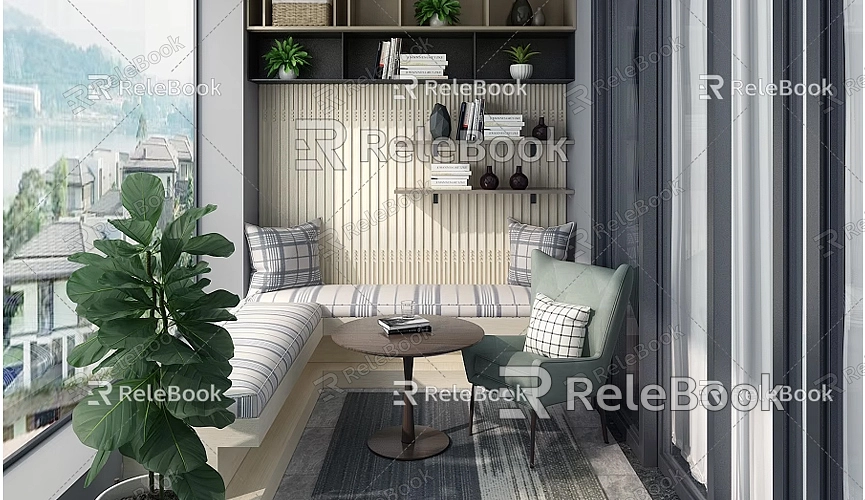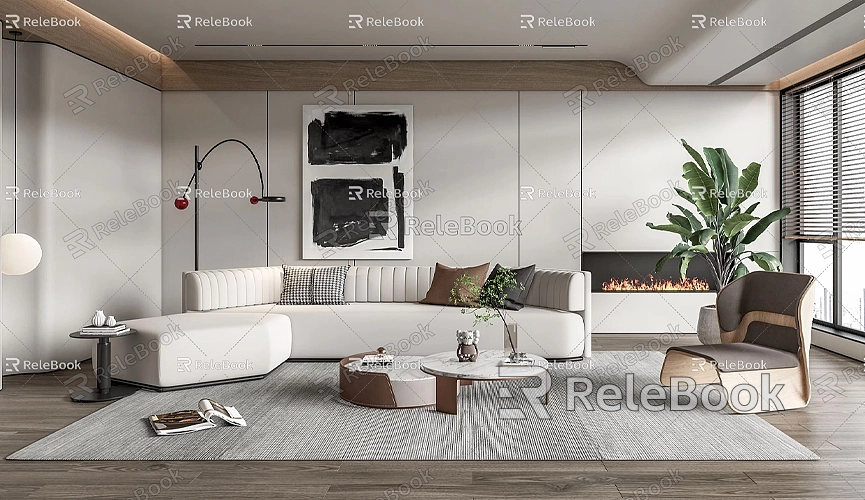How to Edit SketchUp Models in Revit
In the fields of architecture and engineering, SketchUp and Revit are two very popular modeling software programs. Although their functionalities differ, many designers often need to transition between the two. This article will detail how to edit models imported from SketchUp in Revit, helping you efficiently complete your projects.
Why Use SketchUp and Revit
SketchUp is widely favored for its intuitive user interface and easy-to-use modeling tools, making it ideal for preliminary design and conceptual modeling. Revit, on the other hand, focuses on Building Information Modeling (BIM), providing robust architectural design and construction management capabilities. Importing SketchUp models into Revit for further editing allows you to take full advantage of both software's strengths.

Preparing to Import SketchUp Models
First, ensure that you have completed your model design in SketchUp. Next, save your SketchUp file in the SKP format. Revit supports direct import of SketchUp files, but some basic preparation is needed before importing.
- Clean Up the Model: Before importing, it’s advisable to clean up your SketchUp model by removing unnecessary components and faces to reduce complexity after the import.
- Grouping and Components: If your model contains multiple parts, consider grouping them or creating components. This will make post-import editing more manageable.
Importing SketchUp Models into Revit
After opening Revit, select a project or create a new one. In the top menu bar, find the "Insert" tab and click on "Import CAD," then select "Import SketchUp." Choose the SKP file you just saved and click "Open." Revit will import the SketchUp model into the current view.
Editing the Imported Model

Once the model is successfully imported into Revit, you can begin editing. Revit offers various tools and features to handle the imported model:
- Select and Move: Use the “Select” tool to easily choose different parts of the model and move them as needed. Be mindful of the spatial relationships in different views while editing.
- Modify Shapes: Although Revit does not support direct editing of SketchUp model geometry, you can use the "Modeling" tools to recreate parts or add new elements to meet your design needs.
- Add Components and Details: In Revit, you can add doors, windows, stairs, and other components to make the model more complete. Utilize Revit’s extensive component library to enhance the details of your design.
Optimizing Model Performance
After importing and editing the model, ensure you optimize its performance for smooth operation within the project:
- Simplify Geometry: If the model is complex, consider simplifying some details. This can enhance Revit’s performance and prevent lag when viewing the model.
- Set Materials: Add appropriate materials to the model in Revit, which will not only enhance the visual effect but also make the model appear more realistic during rendering.
Rendering and Visualization
Once editing is complete, you can use Revit's rendering features to create high-quality visualizations. This helps showcase your design ideas to clients. During this process, you may need high-quality 3D textures and HDRI to improve rendering quality. If you require numerous high-quality 3D textures and HDRI for creating models and virtual scenes, you can download them for free from [Relebook Textures](https://textures.relebook.com/). This will significantly enhance your model's visual appeal.
Exporting and Sharing the Model
After editing, you can export the model in various formats to share with team members or clients. In Revit, select the "File" menu, then choose "Export" and select the desired file format. This ensures everyone can easily view and utilize your design.
Editing models imported from SketchUp in Revit is an efficient process that allows designers to leverage the advantages of both software programs. With proper preparation, import, and editing steps, you can create models that better meet project requirements. Additionally, using high-quality textures and materials can enhance the model's presentation. If you need high-quality 3D textures and HDRI, visit [Relebook Textures](https://textures.relebook.com/). For exquisite 3D models, check out [Relebook Models](https://3dmodels.relebook.com/), which offers a wealth of quality resources. I hope this article helps you edit SketchUp models in Revit more effectively, enhancing your design capabilities!

